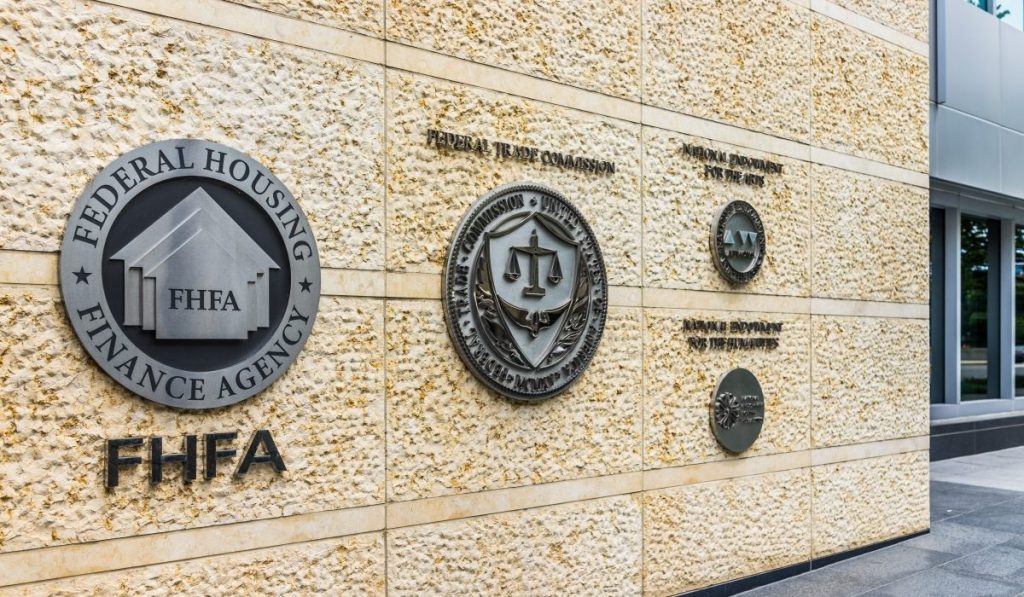The Federal Housing Finance Agency (FHFA) has released its annual report on single-family guarantee fees (g-fee) charged by Fannie Mae and Freddie Mac for 2019 to package home loans into securities that are sold to bond investor..
The two GSEs use the fees to pay for administrative costs, to cover when borrowers miss payments and as a hedge against significant losses because of loan defaults.
There are two types of guarantee fees: ongoing and upfront. Ongoing fees are factored into each loan’s interest rate and collected each month over the life of a loan, while upfront fees are one-time payments made by sellers upon loan delivery to an enterprise that are similarly factored into the interest rate paid by the borrower.
The FHFA report compares year-over-year 2019 to 2018 and this year’s report found the following:
- The average single-family guarantee fee in 2019 increased 1 basis point to 56 basis points for all combined loan products.
- The upfront portion of the guarantee fee, which is based on the credit risk attributes, decreased 2 basis points to 13 basis points.
- The ongoing portion of the guarantee fee, which is based on the product type, increased 3 basis points to 43 basis points.
- The average guarantee fee in 2019 on 30-year fixed rate loans increased 2 basis points to 58 basis points, while the fee on 15-year fixed rate loans decreased by 1 basis point to 36 basis points.
- The fee on adjustable-rate mortgage (ARM) loans increased 2 basis points to 56 basis points.
How servicers are navigating changing compliance guidelines
Servicers must ensure their work remains in compliance not only with standard regulations but with the CARES Act and ever-evolving guidelines.
Presented by: Wolters Kluwer Financial Services
G-fees came to the forefront In May, when the FHFA proposed that Fannie Mae and Freddie Mac be required to hold about $240 billion in capital combined, based on their September 2019 assets. The funds are aimed at ensuring taxpayers don’t have to cover losses for the two companies, which have been in government control since they were seized in 2008 in the midst of the financial crisis.
Fannie Mae said if that proposed capital rule became final, g-fees would likely rise 0.2 percentage points on average, after making certain assumptions. Freddie Mac said fees might have to rise between 0.15 percentage points and 0.35 percentage points.
“Higher capital requirements would require the enterprises to have more equity capital, and as equity capital increases, the enterprises must earn more to maintain the same return on equity,” Fannie Mae said in a comment letter in September. “For Fannie Mae’s business model, the most viable source of higher earnings would be increases to guaranty fees.”






